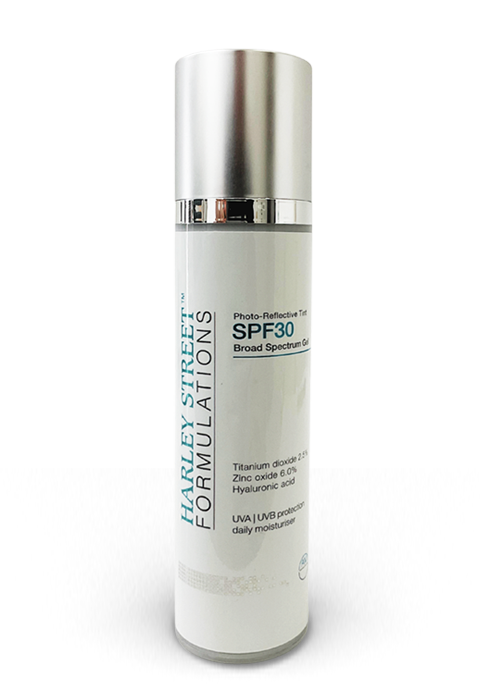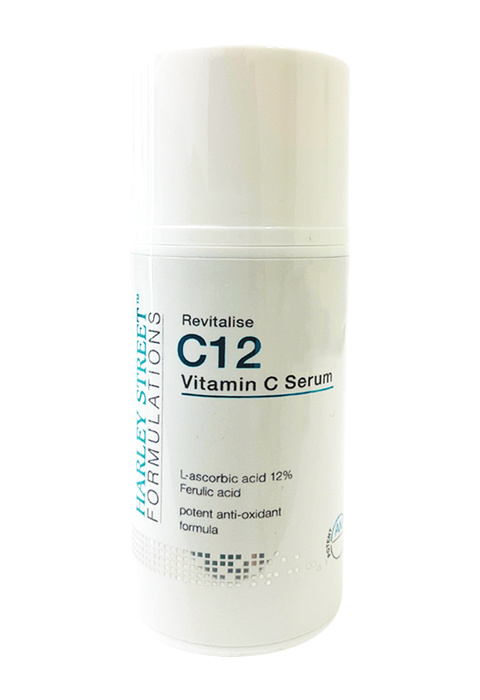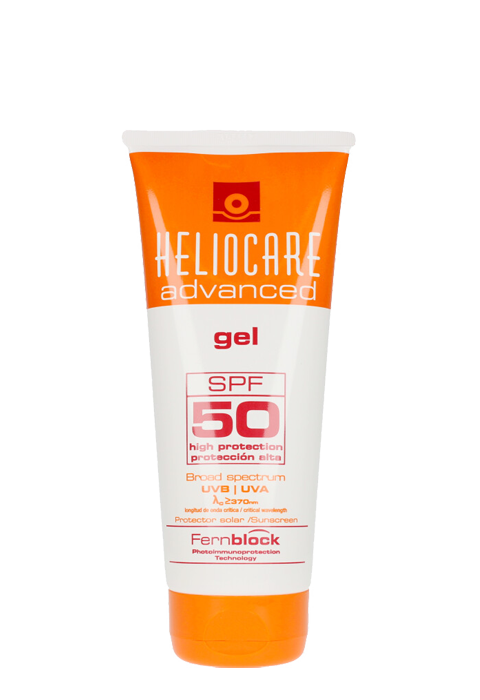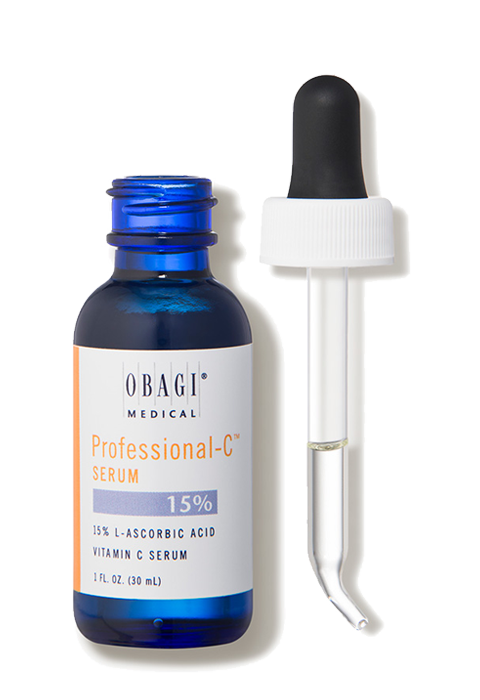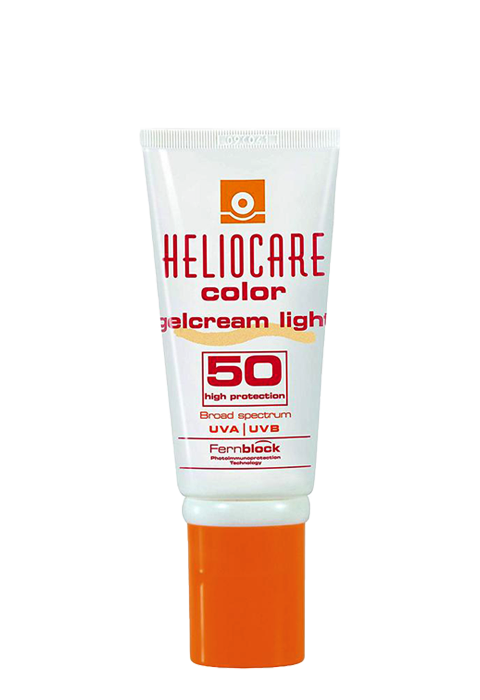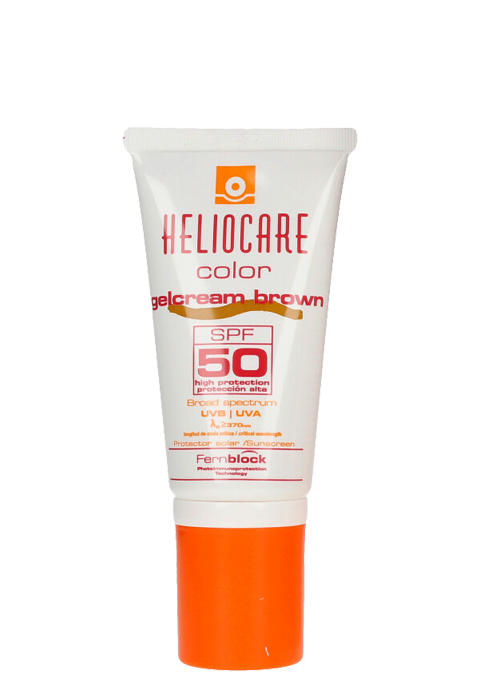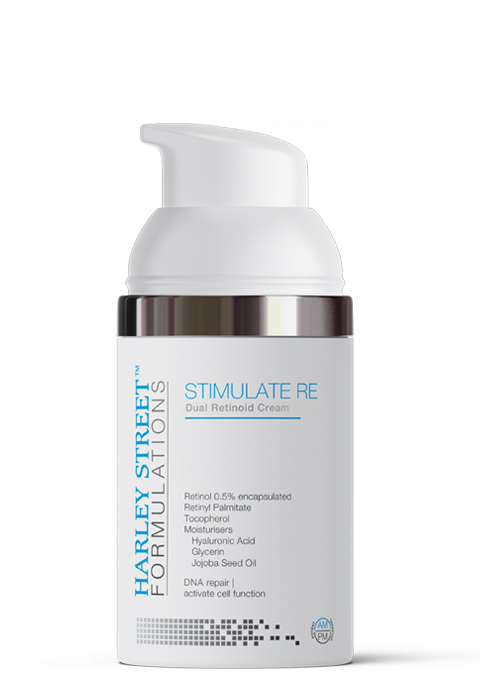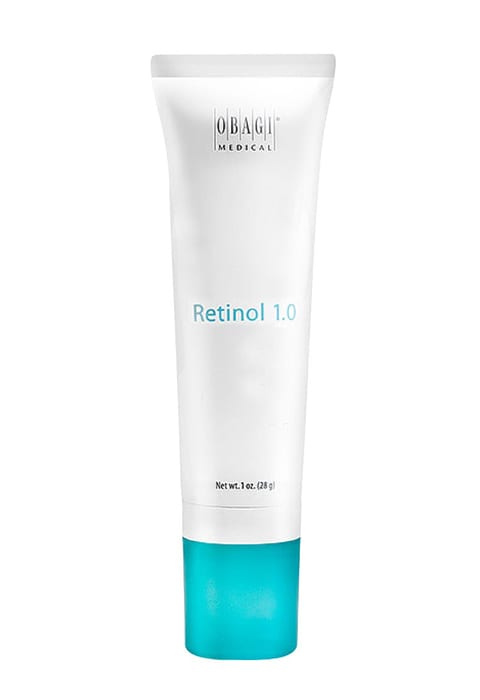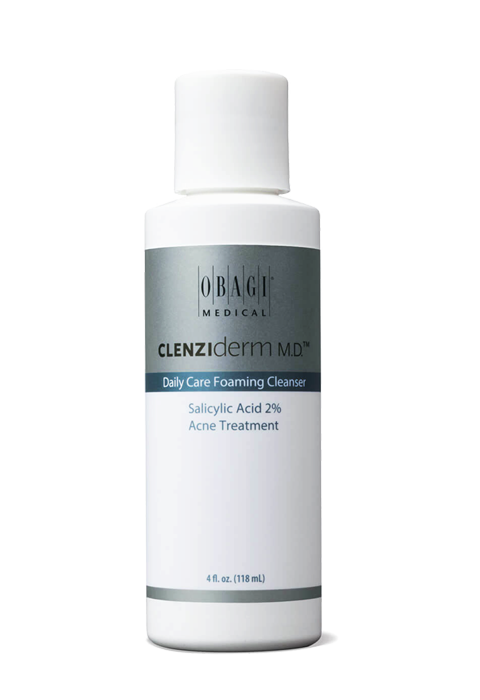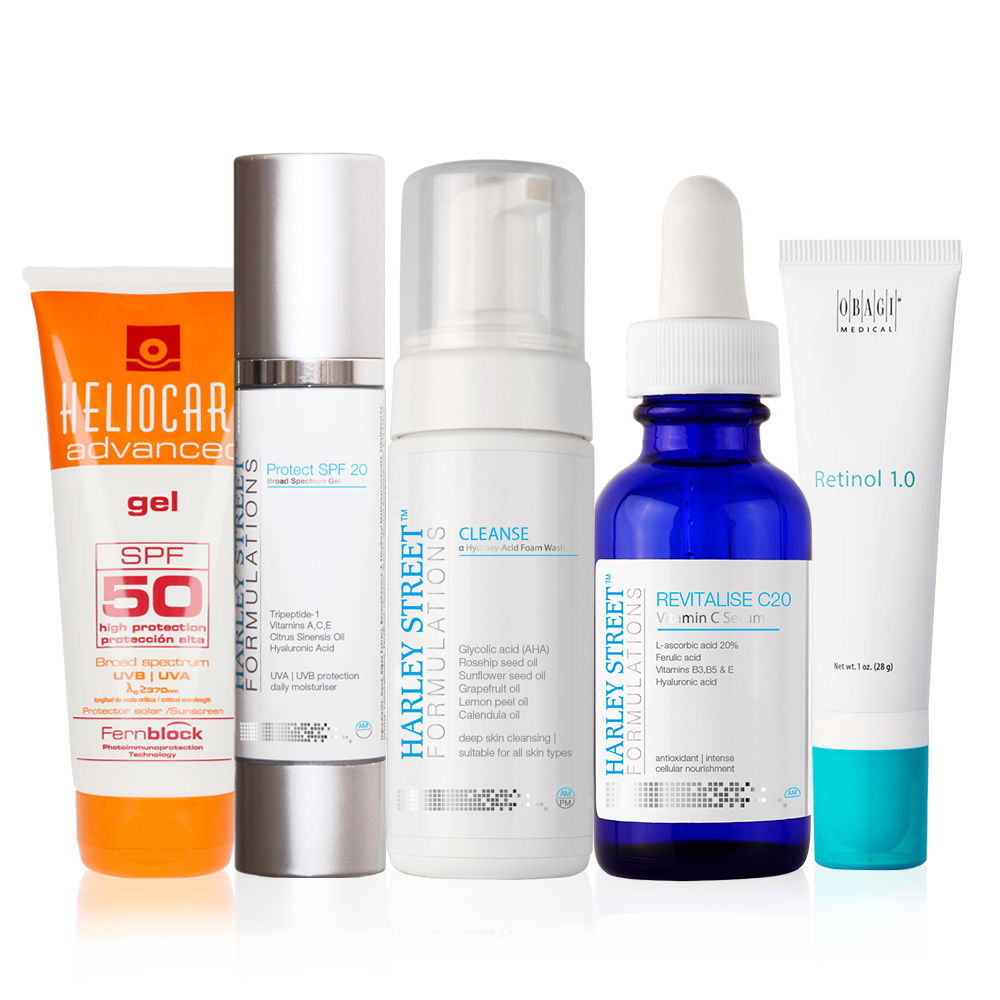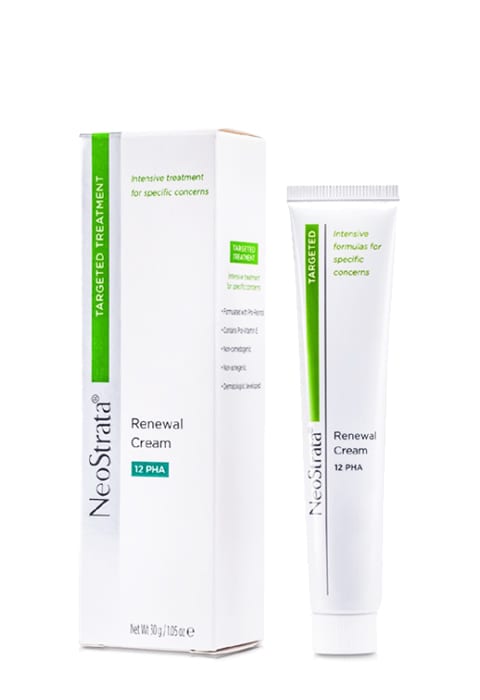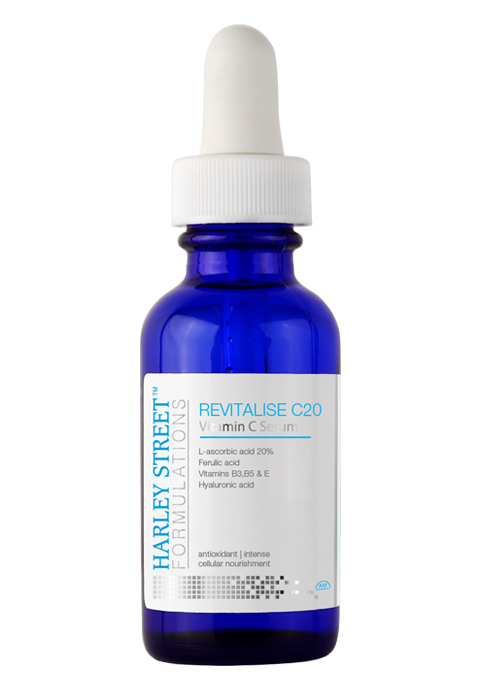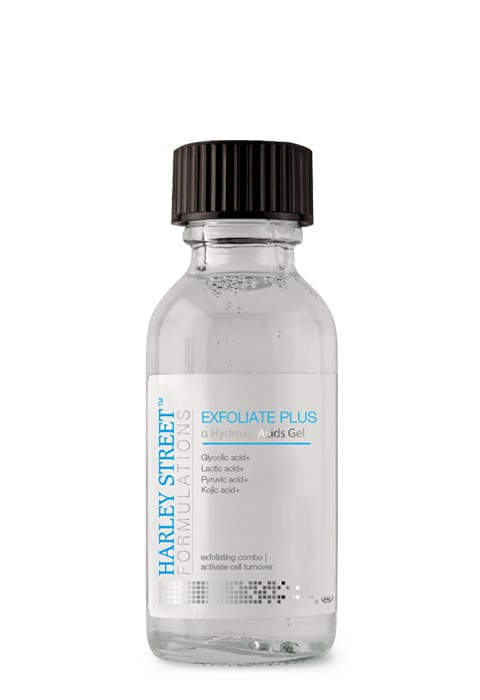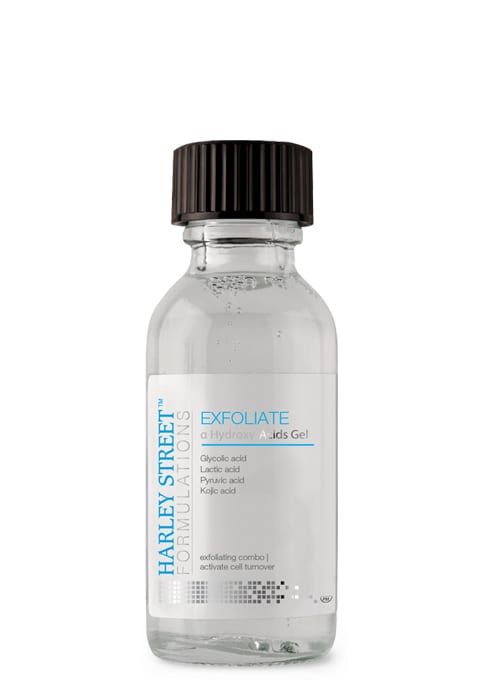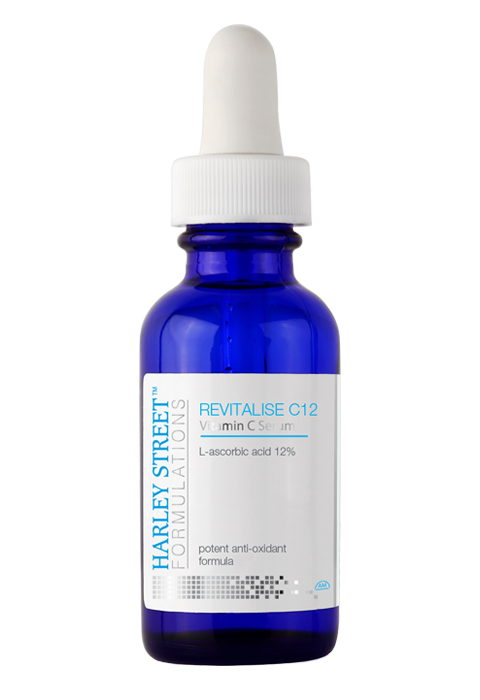- Anti Ageing At A Glance
- Biophysical Skin Changes - In-Depth Analysis
- Epidermis - The First Skin Layer
- Dermis - The Second Skin Layer
- Hypodermis- The Deepest Skin Layer
- Visible Skin Signs Of Ageing
- What Causes Skin Ageing? A Summary
- CRES Principles - A Summary
- The "C" Of CRES Principles: Cleanse
- The "R" Of CRES Principles: Revitalise
- The "E" Of CRES Principles: Exfoliate
- The "S" Of CRES Principles: Stimulate
-
Injectables
-
Botox -
Dermal
fillers -
Lip Fillers -
Non Surgical
Nose Job -
Chin Filler -
Under Eye Circles
(Tear Trough) -
Non Surgical
Face Lift -
Masseter Botox -
Jawline Filler -
Cheek Fillers - Calf Reduction
- Nefertiti Lift (Platysma) & Turkey Neck Bands
- Bunny Lines (Nose Wrinkles)
- Lip Flip
- Trigger Point Release
- T-Zone Oily Skin
- Dimpled Chin
- Nasal Flaring
- Gummy Smile
- Bruxism / TMJ
- Migraines / headaches
- Neck lines
- Forehead Indentations
- Profhilo
- PDO threads
- Hyperhidrosis (excessive sweating)
- Fat Dissolving
-
-
Skin & Body
-
 V i s i t
V i s i t
- Chemical Peel
- Peel To Reveal Popular
- PRP (Vampire Facial)
- Prescription Grade Skin Care Popular
- Charity A Peel
- Hydrafacial
- Micro Needling (electronic) Popular
- Acne Treatments
- Facial Thread Veins
- Leg Veins (Spider/Thread Vein)
- Skin Tag Removal
- Ageing Skin Concerns
- Hyperpigmentation
- Facial Volume Loss
- Lines & Wrinkles
- Sun Damage
- Stubborn Fat Deposits
- Black Heads & White Spots
- Jawline, Jowls & Double Chin
- Cellulite
- Tired Eyes
- Neck - Lines, Wrinkles & Cords
-
- Glow & Go TM Skin Shop
- Book an Appointment Book
- CosmeShop
- Cosmetic Surgery
- CosmeTalk
-
COSMESURG| Surgical
-
| Professional EducationHARLEY STREET
INSTITUTE -
| Skin CareHARLEY STREET
FORMULATIONS -
GLOW & GO| Skin Bar Clinic
-
COSMETALK| Public Education
-
INJECTABLES
Injectables
-
SKIN & BODY
Skin & Body
-
COSMESHOP
-
COSMETALK
View All Posts
Dermal Fillers Before And After – Get The Better Version Of Yourself Today
It is true! Beauty industry has been revolutionized, aesthetic treatments have been personalized and new beauty… - ABOUT US& Treatment Criteria
The “E” Of CRES Principles: Exfoliate
Skin is an active organ with quite a high turnover rate. Your skin cells are being renewed continuously. This means that your old skin cells are being replaced by the new ones. But what happens with the old ones? They keep stacking up and finally fall off. Before these dead cells shed on their own, they tend to make a layer on your healthy skin. This layer hides the underlying fresh skin and makes your skin look dull and lifeless. But how can this be prevented? Let’s have a look!
What Is Exfoliation?
Exfoliation is the process by which you gently scrape off dead layer of cells from your skin, exposing fresh and healthy skin below. Exfoliation is an important part of skincare regime and an integral element of CRES principles.
Why Do You Need Exfoliation?
Like previously described steps of skincare according to CRES principles, exfoliation too has its very inevitable role. Exfoliation performs many important functions that are key to a healthy and glowing skin. Without exfoliation, your skin loses its life and luster.
Regular skin exfoliation is important for normalisation of the skin. Exfoliation increases cellular turnover by stimulating the skin to produce new skin cells quicker and removing melanin-soaked layers faster. Both dead skin layer and melanin are significantly related to skin dullness.
Why Does Ageing Make Exfoliation Even More Necessary?
Early cause of skin dullness in the early to mid-20s along with increased melanin is the increased thickening of the dead layers of the stratum corneum. Know more about stratum corneum and other skin layers here. Studies have revealed that in young adults, the Stratum Corneum transit time was as quick as 20 days, whereas in older adults it stretched to 30 days or more. As the turnover of your skin decreases and clock slows down, more and more skin layers keep accumulating making skin thicker and rougher. So exfoliation becomes necessary to avoid an aged and rough look.
Moisturisers, foundations, and creams can further increase amount of dead skin layers as they can impede natural exfoliation even more due to their “gluing” effect. This can lead to further dullness, enlarged pores and irregular skin texture. This is why it becomes even more important to exfoliate as you age because most of your natural exfoliation processes fail due to skin changes related to ageing and lifestyle.
What Functions Does Exfoliation Perform?
Exfoliation can perform multiple functions. These functions are listed below:
- Exfoliation removes dead skin cell layer and reveals fresh and glowing skin from below
- Exfoliation makes proper cleansing i.e. deep cleansing of your skin sure. Read more about cleansing here
- Exfoliation prevents melanin build up in your skin and hence saves from hyper pigmented spots and melasma etc.
- Exfoliation prevents blackhead and also removes pre-existing ones
So How Should You Exfoliate?
There are different kinds of exfoliation like mechanical and chemical exfoliation. While mechanical exfoliation utilises small sized grains to slough dead layer skin cells off, chemical exfoliation uses chemicals for the process. Both kinds have their own pros and cons. Mechanical agents can get abrasive if used too frequently or too vigorously. Similarly, chemical agents can lead to skin burns if not used properly.
How Frequently Should You Exfoliate?
Well, that totally depends on type of agent you use for exfoliation. Mechanical exfoliation is usually needed to be done one to two times a week. For chemical exfoliation, it varies according to agent and its strength. More potent agents can be used once or twice a month.
We will discuss chemical agents in more detail here.
What Are Chemical Exfoliation Agents?
Chemical exfoliation agents, also known as chemical skin peels, are chemical agents that slough the top dead layer of your skin off by different chemical processes. They are usually acidic in nature and are available in different potencies. Your regular skincare products can also contain them. One such example is salicylic acid that is added to different skin toners and face washes.
Exfoliation can be performed physically (facials and microdermabrasion) to remove some of the surface cells or chemically (via cosmeceuticals or skin peels – chemexfoliation) for a deeper and more complete removal of dead surface cells. In aesthetics, chemexfoliation is the more preferred method, as it evenly removes dead skin layers as opposed to abrasive exfoliation, which can be rather aggressive on the skin with much less removal of dead skin.
Many manufacturers use a chemexfoliating agent like lactic acid (also a strong humectant) incorporated into their formula to increase delivery and penetration of other active ingredients such as skin lighteners, vitamins and anti-oxidants. This synergistic effect is seen very popularly with glycolic/lactic acid and a skin brightener like mandelic or hydroquinone. The synergistic effect of the two work well in providing superior results. Vitamin C is highly unstable and has not been successfully incorporated with AHAs in high concentrations.
Chemical exfoliation can be performed using AHAs (alpha hydroxy acids like glycolic, lactic, pyruvic acids), BHAs (beta hydroxy acid – salicylic acid). In chemical peels TCA is also commonly used.
What Can Chemical Peels Help You With??
Chemical peels are helpful with various skin issue. They are listed below.
- Rhytides (deep wrinkles)
- Lentigines
- Actinic keratoses
- Acne
- Acne scars
- Melasma
- Dyschromia
How Do Chemical Peels Work?
To understand how chemical peels work, one needs to know about cell to cell adhesions. Let’s know about it.
There are various molecular complexes that are generally referred to as cell adhesion molecules (CAMs) or adhesion proteins that work together to maintain the desmosomes adhesion (bonds between dead skin cells). There are different types of adhesion proteins belonging to the cadherin and other groups.
Adhesion proteins works in three areas. These are
- Inside the cell
- Through the cell membrane (trans-membranous)
- On the extracellular space
In the extracellular area, adhesion proteins can either interact with similar adhesion proteins or other types of cell adhesion molecules. When they relate to similar proteins, this is referred to as homophilic binding while heterophilic binding is when they bind to a different type of CAM.
Adhesion proteins can further be classified into two.
1. Calcium dependent cell adhesion molecules. Examples are integrins, cadherins and selectins.
2. Calcium independent cell adhesion molecules. Examples are the immunoglobulin superfamily (IgSF).
Chemical peels disturb cell to cell adhesions by various mechanism, making skin loose. It then sloughs off easily.
What Are Different Types Of Chemical Peels?
There are different types of peels, classified according to their potency. These are following.
- Superficial peels (salicylic acid, glycolic acid, mandelic acid)
- Medium depth peels (TCA, Jessner’s peel)
- Deep peels (TCA, phenol)
Superficial peels only peel off a very thin layer of your skin while deep peels peel off quite a thick layer, making them more difficult to work with. Deep peels require direct supervision of a certified professional so they cannot be used at home.
Let’s look into details of these peeling agents.
Alpha Hydroxy Acids (AHAs)
The two main alpha hydroxyl acids used cosmetics are glycolic acid and lactic acid. Another is mandelic acid which is a milder one.
Glycolic Acid
Glycolic acid is a commonly used AHA in skin care and superficial peels. It has the smallest molecular size in the family of AHAs. Its effect is to loosen intra-cellular adhesion bonds which promotes exfoliation. Glycolic acid also penetrates the cell wall and interacts with cellular processes like the stimulation of collagen and the promotion of cell normalisation. It improves quality of elastic fibres and increases collagen density. A higher concentration of 20-70% (pH 1-2) is used in peels and lower percentages <20% (pH 2.5-3.5) are used for everyday home use. It can be used to treat skin conditions like keratosis, calluses, acne, psoriasis and improve photo-ageing skin and superficial wrinkles.
Lactic Acid
Lactic acid is widely used in over the counter cosmetics. Before synthetic production, it was mostly derived from milk. Commonly depicted pictures of cleopatra taking a bath in milk portrays the ancient Egyptians were familiar with the exfoliating and hydrating properties of it. In the far-east sour milk is used for acne treatment. Its anti-ageing properties are similar to glycolic acid but because it has a larger molecular size it is a less of a skin irritant.
Mandelic Acid
Named after the German mandel (almond) and derived from the hydrolysis of an extract of bitter almonds, Mandelic acid is an AHA with chemexfoliation as well as melanin inhibition properties. It is a lesser skin irritant than glycolic acid and is commonly found in washes, skin creams and peels with upto 30-50% concentration.
How Do AHA Perform Their Functions?
AHAs have been used successfully in the treatment of melasma, solar lentigines and post-inflammation hyperpigmentation (PIH). It has mechanisms related to epidermal re-modelling and accelerated desquamation leading to quicker pigment elimination. It suppresses tyrosine kinase activity due to its acidic nature and hence suppresses melanin formation in your skin.
Another important function of AHAs which we are concerned with here is exfoliation. The AHA lowers epidermal calcium ions concentration. Calcium ions are removed through a chelation mechanism. Due to this calcium ion loss, cadherins and other cells that depend on cations to maintain their adherence also lose their calcium ions. Cell adherence is disturbed.The above process leads to desquamation partly due to proteolytic mechanisms that occur on the inside part of the stratum corneum layer of the epidermis.
TCA (Tricholoacetic acid)
Trichloroacetic acid is a chemical widely used in the treatment of multiple skin conditions. TCA works by precipitating proteins and inducing coagulative necrosis of the epidermis and/or papillary dermis. This is followed by sloughing off of the necrotic layers and re-epithelialisation via germinative centres of neighbouring hair follicles over the next several days. TCA peeling also promotes dermal collagen remodelling, which can continue for months (Nguyen and Rooney, 2000). TCA has a protein dissociation constant (pKa) of 0.52, making it an inherently stronger acid than AHAs (pKa of glycolic acid– 3.83). TCA is self-neutralizing within minutes after application, and appearance of a white frost indicates the endpoint of the peel. Lower concentrations of 10-35% reaches up to the upper papillary dermis. Stronger concentrations used less frequently in darker skin types due to scarring and post peel dyschromia.
The next and last step of CRES principles is Stimulate.
Further Reading from Skin Ed
CosmeTalk Articles
Testimonials #Cosmestories
2
I had a botox treatment with cosmodocs. I found the price very reasonable. Even better the results were excellent. I will definitely use this service again.” – BH
3
I am a very satisfied customer of Cosmedocs – I’ve had three facial areas treated with Anti-Wrinkle Injection at CosmeDocs in recent years, and find the treatment swift, thorough and effective. Also, Dr Haq’s pleasant and friendly manner makes the treatment as painless as possible!” – CFSP
CosmeShop

-See more products











